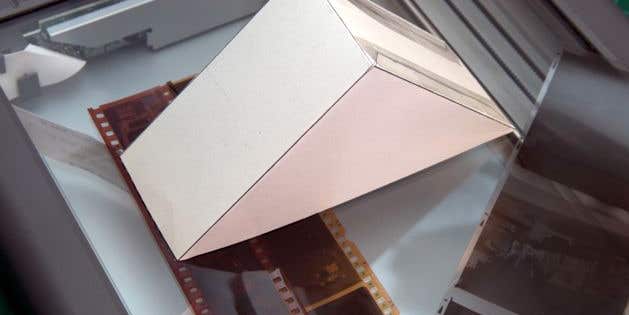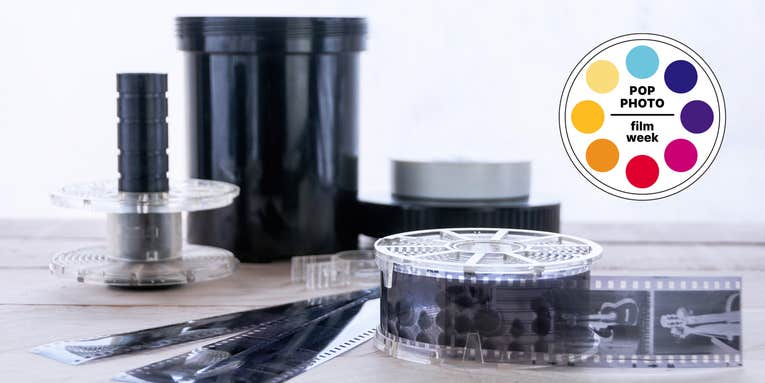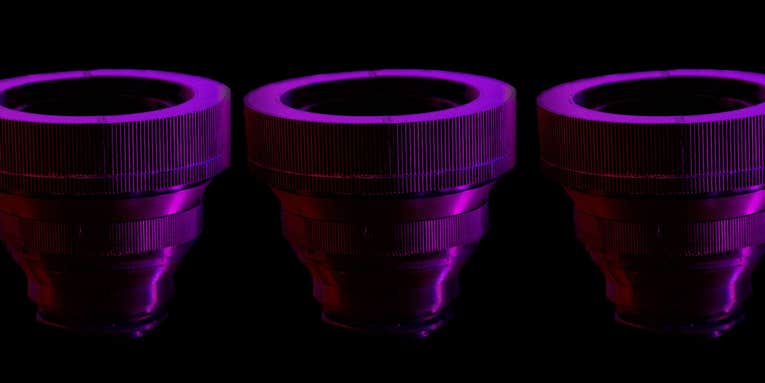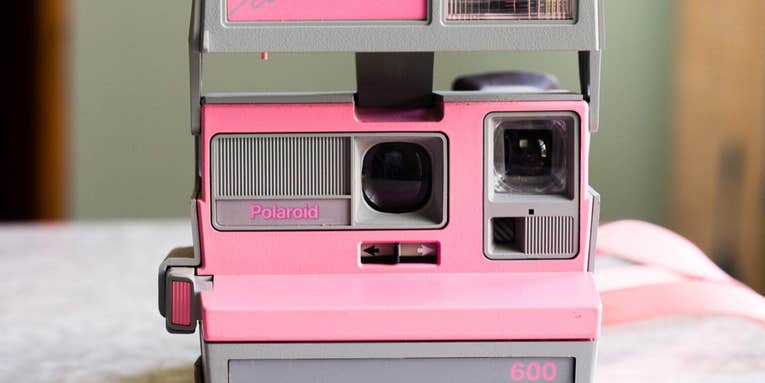
DIY
Latest DIY Stories


Everything you need to know to get started with Super 8 film

How to shoot film on a budget

5 reasons you should develop your own film

You can 3D print a surprisingly capable 163mm f/2.4 telephoto for $13

How to post multiple photos to your Instagram story

How to score an awesome garage sale camera

How to take better photos by thinking like an old-school photographer

Tips from a pro: How to improve your insect photography

How to shoot better car photos

Restore those old family photos with this free AI image restoration generator

How to shoot redscale film

Rev your engines: Show us your best automotive images

Hawaii-based photographer captures ethereal photos of rare planetary alignment

iPhone bird photography: a beginners’ guide
